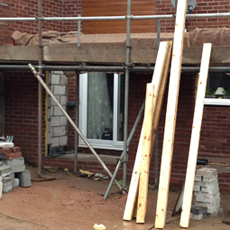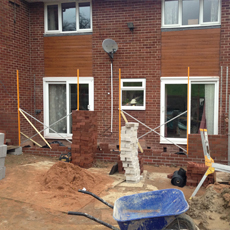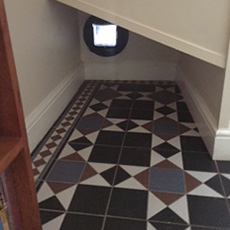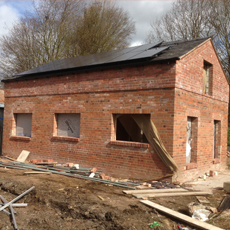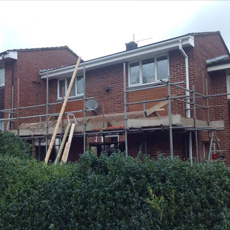England’s planning changes – what do they mean?
The Government has announced a planning shake-up and there has been much discussion over it, but what do the planning changes in England mean?
Land across England will be divided into ‘growth’, ‘renewal’ or ‘protection’ under the new scheme.
Under the proposals, planning applications based on pre-approved “design codes” would get an automatic green light – eliminating a whole stage of local oversight within designated zones.
Land across England would be divided into three categories – for growth, renewal or protection – under what Robert Jenrick, the housing secretary, described as “once in a generation” changes to sweep away an outdated planning system and boost building.
New homes, hospitals, schools, shops and offices would be allowed automatically in “growth” areas.
In “renewal” zones, largely urban and brownfield sites, proposals would be given “permission in principle” subject to basic checks. Green belt and areas of outstanding natural beauty would be protected.
While the proposed changes are likely to appeal to developers, they have prompted some criticism from housing charities, planning officers and architects who have warned of a new generation of fast and substandard housing.
The government white paper touts a new streamlined process designed to reduce red tape and harness technology to deliver homes more rapidly, ministers said.
Government sources insisted there would be no dilution in building standards.
Changes out for consultation under the white paper also include:
- Requiring local housing plans to be developed and agreed in 30 months, down from the current seven years.
- Extending the current exemption of small sites from having to make “section 106” payments – the means by which developers are forced to provide affordable housing.
- Ensuring that all new homes are carbon-neutral by 2050.
The Royal Institute of British Architects (RIBA) described the proposals as “shameful” and said they would do “almost nothing to guarantee the delivery of affordable, well-designed and sustainable homes”.
Shelter said social housing “could face extinction” if the requirement for developers to build their fair share was removed. “Section 106 agreements between developers and councils are tragically one of the only ways we get social homes built these days, due to a lack of direct government investment,” said its chief executive, Polly Neate.
The white paper proposes a consultation on developers making in-kind payments of affordable homes toward the levy or allowing local authorities to buy a proportion of affordable housing at a discounted rate.
Zack Simons, a planning barrister at Landmark chambers, said there was a lot to welcome in a move towards digitising the planning system but added that “literally nothing” trailed in Jenrick’s public statements could not already be achieved under the current planning system.
“Promises of “radical reform” can grab headlines. But remember that of more than 400,000 planning applications which are determined every year, over 80% are granted permission and under 0.5% are appealed to the Planning Inspectorate.”
A government source said it was misleading to suggest planning rules were not an obstacle to building. “The [90%] approval statistic masks the numbers of people who are put off applying altogether because of how bureaucratic and difficult this is,” the source said.
However, little has been announced on what measures, if any, will be taken against developers who do not use the permission they have been granted.
A “complex” planning system has acted as a barrier to building the homes people need, said Jenrick. “We will cut red tape, but not standards, placing a higher regard on quality, design and the environment than ever before,” he said. “Planning decisions will be simple and transparent, with local democracy at the heart of the process. As we face the economic effects of the pandemic, now is the time for decisive action and a clear plan for jobs and growth.”
If you are planning an extension or new build, or perhaps changes to a commercial premises and need help navigating the planning system and new rules, give Sherratt Builders a call on 01743 791895 or 07786 268435.




